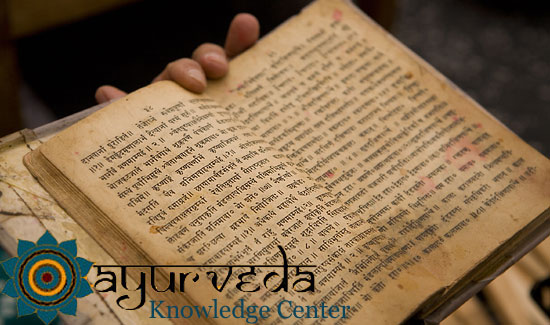Navaratri – Worshiping the Goddess
Each Fall Hindu’s celebrate the holiday of Sharad Navaratri in the lunar month of “Ashwin”. “Nav” is the number 9 and “rathri” trantlates as nights. So for nine consecutive nights, Indians worship 9 different forms of the Devi or Goddess. The Vedic tradition, more than any other culture, celebrates all aspects of the feminine Shakti. The Mother Goddess is considered supreme, even over the male trinity of Brahma, Vishnu and Shiva, who pay their respects to her. For “She” is the spiritual force of creation.
Navaratri is divided into sets of three days to adore three different aspects of the Goddess.
In 2009, Navaratri will begin on Saturday, September 19th with three days of Durga worship. Durga is often depicted as a warrior Goddess, fully energized, dressed in red, and riding a tiger or lion. Durga is a maternal figure who protects us, her children. She is also known as ‘Parvati’, Shiva’s wife and Ganesha’s mother. In her fiercest form, Durga becomes ‘Ma Kali’, one who destroys our impurities. The mythology reads that she saves the earth and heavens by slaying the evil demon Mahishasura with her many weapons. Symbolically this slayed demon represents our own Ego, and thus Durga liberates us.
The second three days are devoted to Goddess Lakshmi, the most benevolent form of Shakti. She generously graces her devotees with an abundance of wealth, prosperity, beauty, family bliss, luck and love. Goddess Lakshmi, wife of Vishnu, is seen flanked by two lucky elephants, with gold coins pouring out of her hands. When we receive Lakshmi’s graces, we feel fulfilled.
The final three days are devoted to Saraswati, Goddess of learning, wisdom and knowledge. She is dressed in all white, a symbol of utmost purity. Consort of Lord Brahama, she is sits on a lotus, surrounded by swans, and holds in her hands, the Vedas, books of spiritual knowledge. Students pray to her for success in their education. She is also seen playing her Veena, a classical Indian string instrument, a favorite Goddess to many musicians and artists.
After the nine nights of celebration are complete, the 10th day is called Dusshera, and is considered very auspicious. This is the best time to begin any new project. This is a good luck day, where business may open, contracts written, travel and new journeys begin, or even the first day of school life for kindergartners.
This harvest time of year is specifically set aside to thank the Mother goddess for her plentiful crops. There are many festivities throughout India on these nine sacred nights. There is the nightly ritual Puja, where prayers, songs, flowers, rice, fire, candles, incense, sandalwood paste, red kum kum powder, silk clothes, jewelry and food are offered to the beautiful Devi. Women may even wear a specific colored sari each night to honor the nine forms of Shakti, as they sing and dance around her image. During Navaratri, many Hindus will observe a fast, eating only fruits or one simple meal, in order to gain the blessings of the beloved Mother. Fasts at this time are known to bestow gifts such as financial prosperity, finding the right mate, and fertility success.
Whether one is male or female, Hindu or not, this is a wonderful time of year to honor Mother Divine. More importantly, it reminds us to reconnect with our own inner feminine, creative energy.
For Ayurvedic Consultations, Herbs and Ayurvedic Spa Treatments, please contact:
Avani Sukhadia
Authentic Ayurveda of Sedona
www.ayurveda-sedona.com
(928)284-1114













 [contact-form-7 404 "Not Found"]
[contact-form-7 404 "Not Found"]